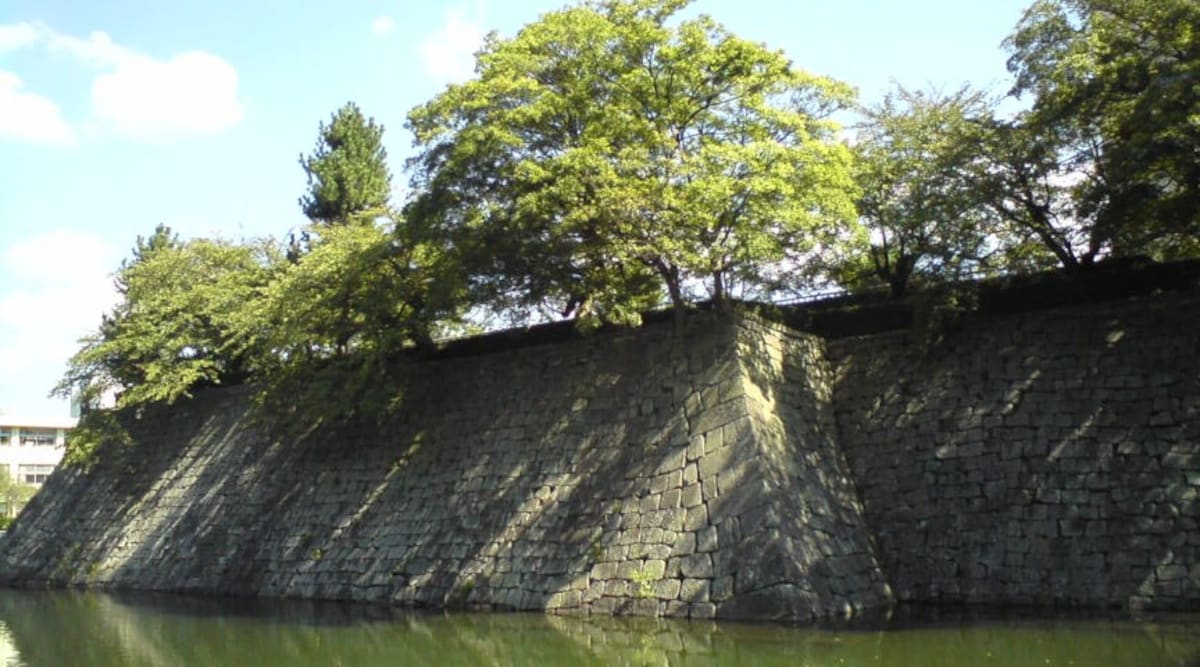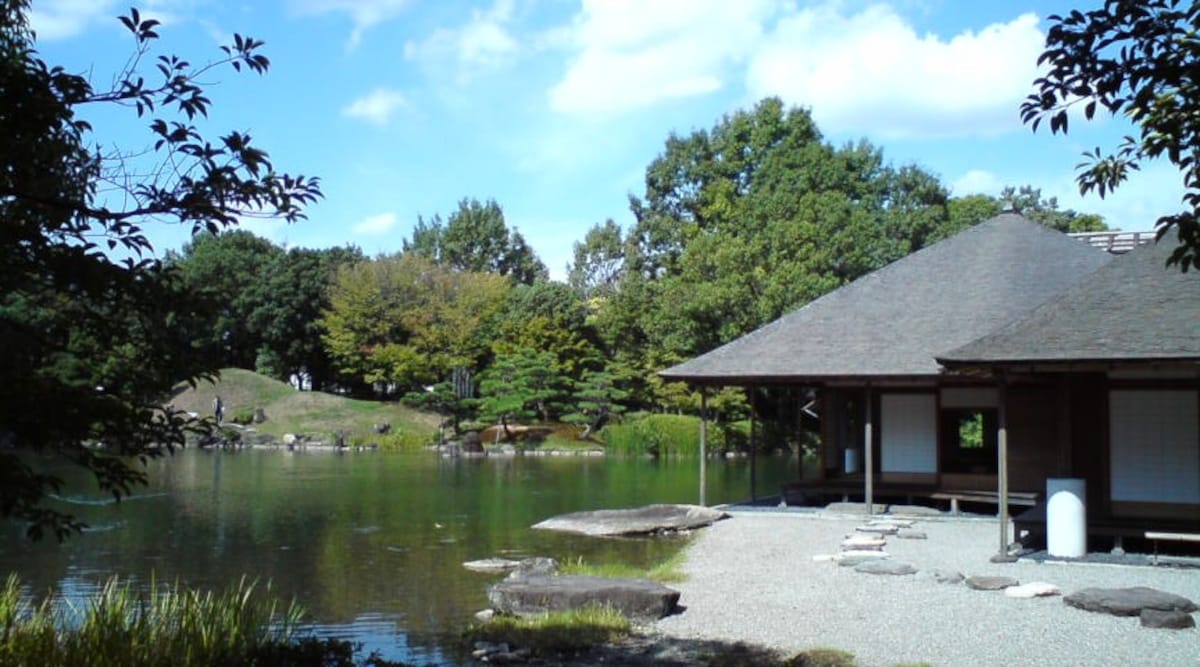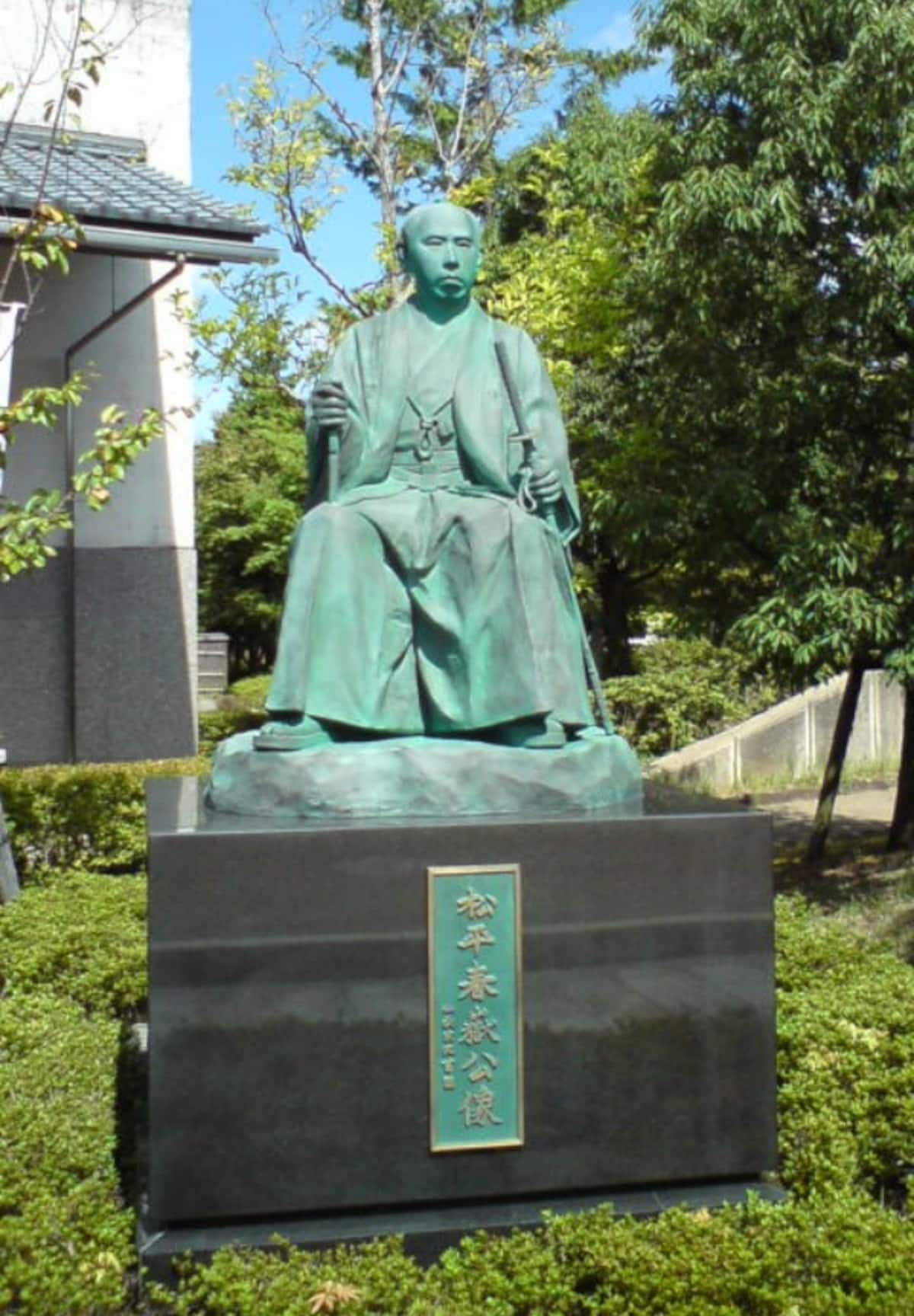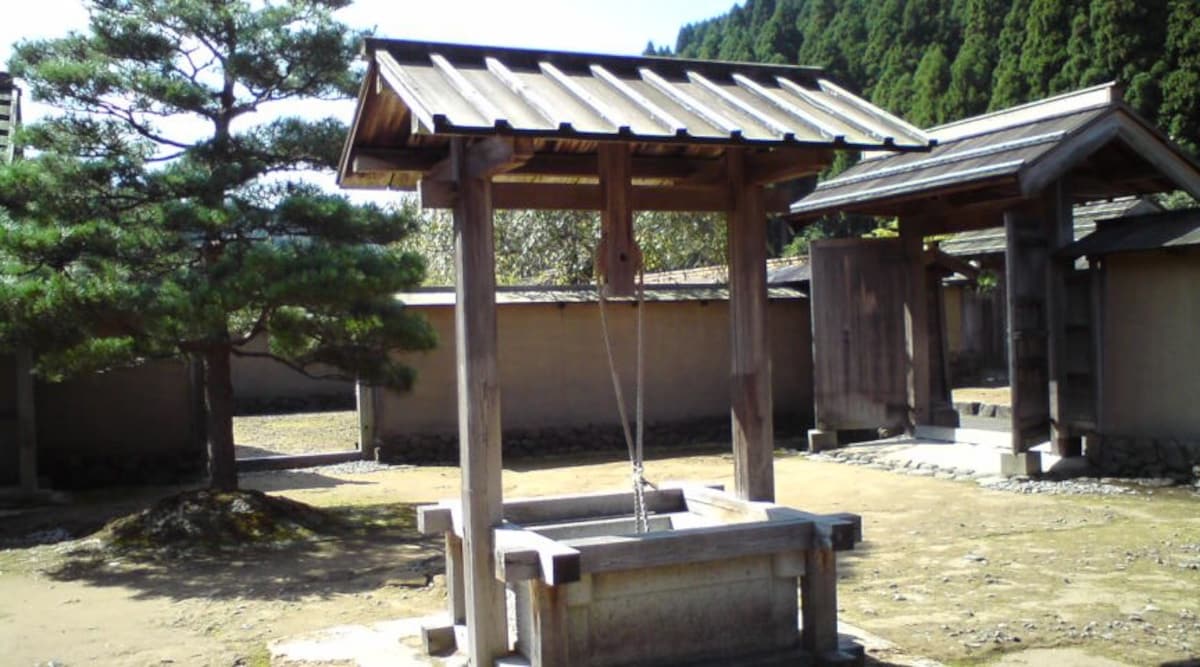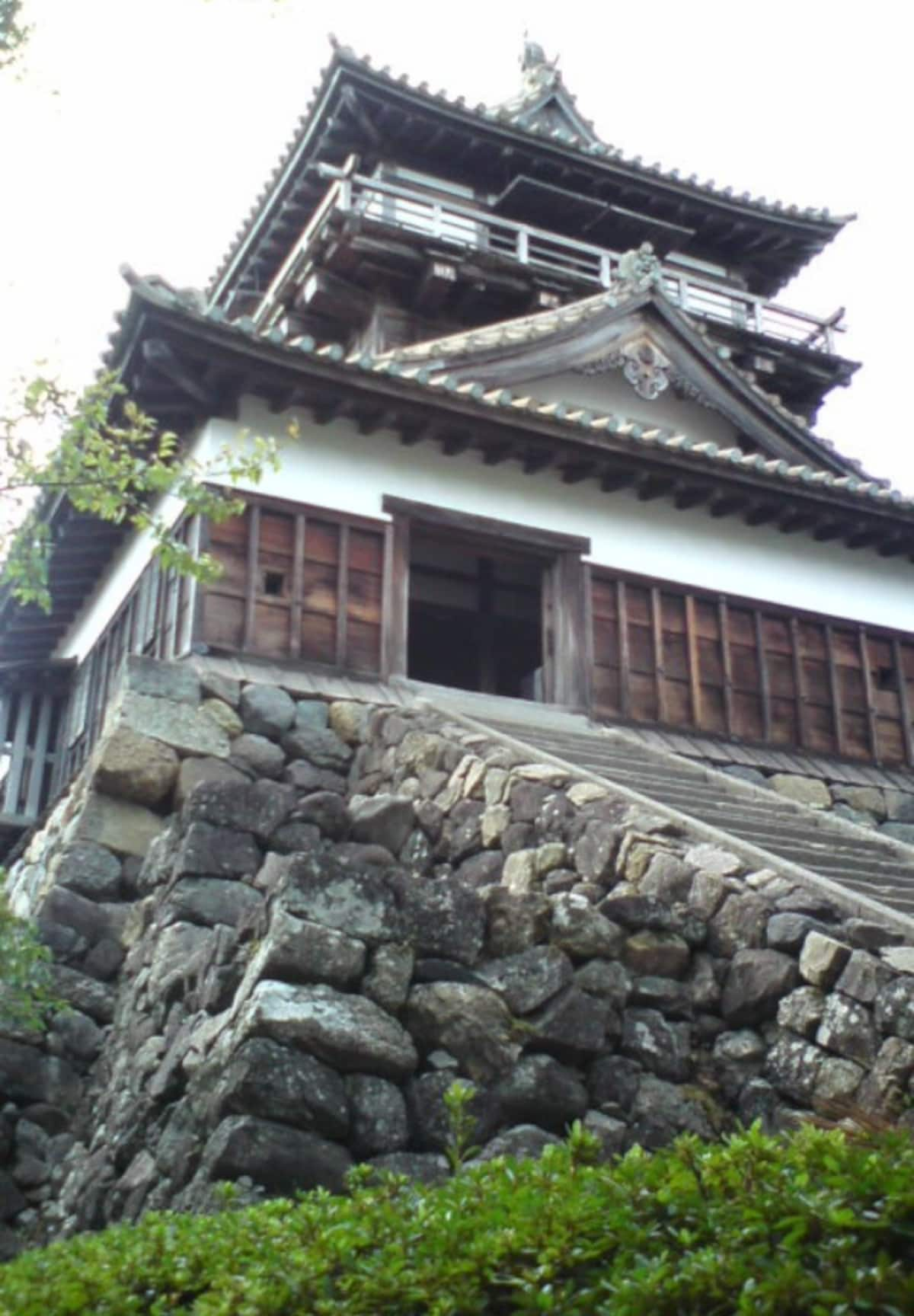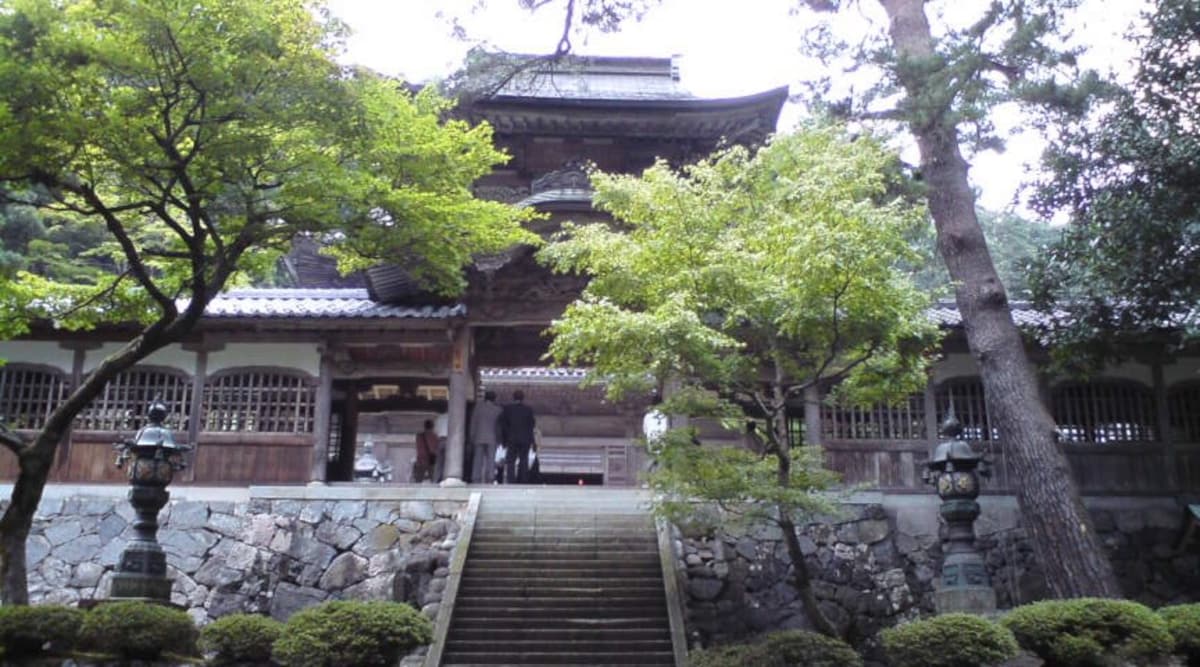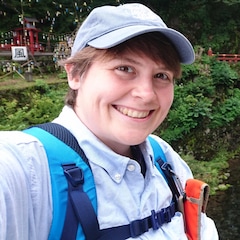Top 6 Historical Places Around Fukui City
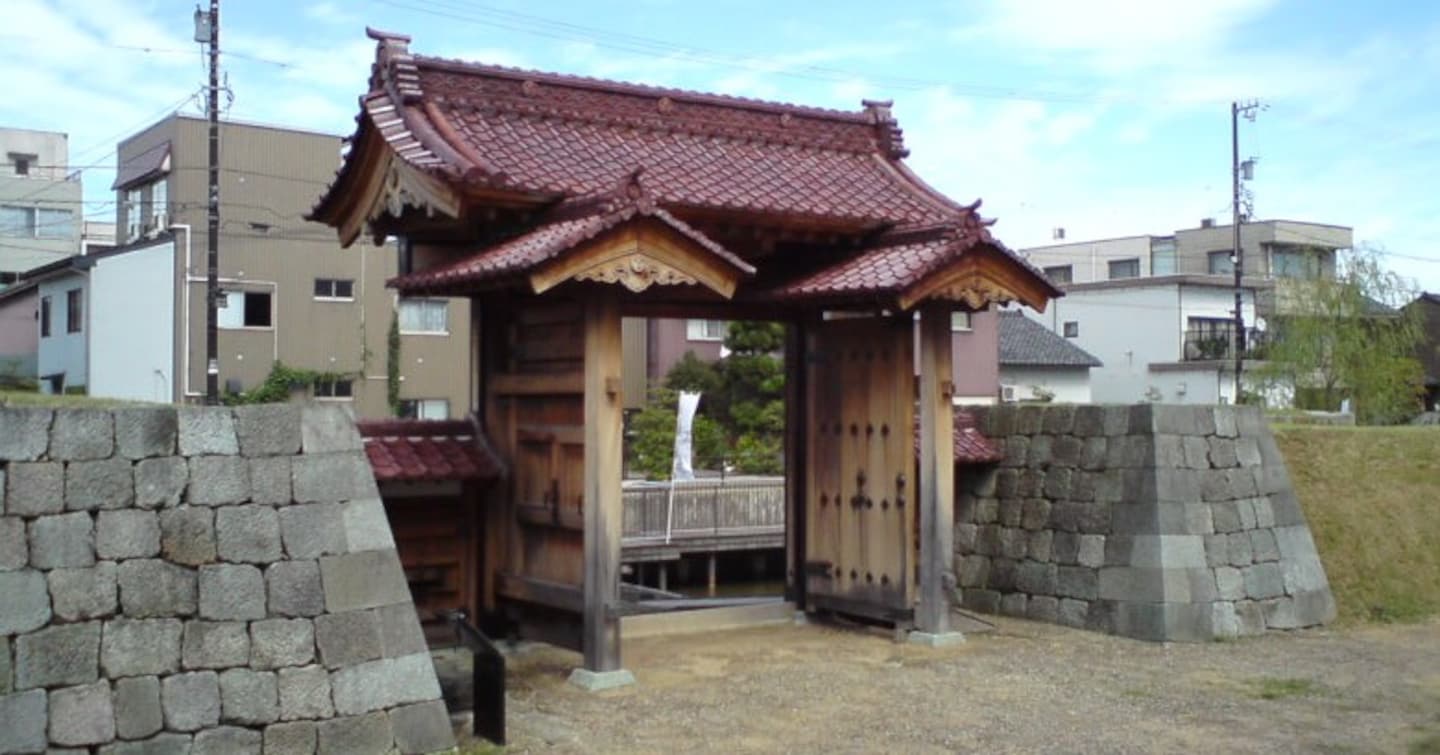
Fukui Prefecture is an area often overlooked by foreign tourists and Japanese people alike. Overshadowed by the Kansai area, especially Kyoto, and quite distant from Tokyo, it is not often included on itineraries. There are a large number of historical places that can be visited. Here are six of the best historical sites around Fukui City.
By Eleanor Hamlin6. Fukui Castle Ruins
Fukui Castle was originally built from 1601-1606 by the second son of Ieyasu Tokugawa. All that currently remain are the walls and the moat, but it is impressive to walk through them. Within the castle walls one can now find the Fukui Prefectural office buildings. Over the last few years, they have been renovating and restoring different areas of the castle ruins.
As an added bonus, if castles are your thing, there is a second set of castle ruins less than ten minutes on foot from Fukui Castle. The older Kitanosho Castle ruins are in a park where the sections that have been excavated can be viewed.
5. Yokokan Garden
Yokokan was originally the second home of the regional daimyo family, the Matsudaira, during the Edo Period (1603-1868). The gardens were designated a National Place of Scenic Beauty in 1982, and the current reconstruction of the house was completed in 1993. There are paths to stroll along and you can enter the house and walk through the rooms, pausing to sit and take in the view of the pond and gardens.
4. Fukui City History Museum
Adjacent to Yokokan Gardens, on land that once also was part of the Matsudaira residence, is the Fukui City History Museum. The museum has exhibits on Fukui from pre-history up through the modern era including burial mounds in the area, the Edo Period when it was a castle town, and on the Matsudaira family specifically.
On the museum grounds is also a restored gate of Fukui Castle.
3. Ichijodani Asakura Clan Ruins
Ichijodani is the location of the ruins of an entire castle town. This was where the Asakura clan who held power in the area from 1471 to 1573 lived. Much of the town has been excavated and the foundations and streets give one a sense of how large the castle town once was. One section of the town has been reconstructed so you can see how people lived. There is also a museum where you can see some of the objects that were found during the excavations.
2. Maruoka Castle
Maruoka Castle is not only one of the 12 "original" castles still standing in Japan, it's the oldest surviving castle keep. It was built in 1576. The best time to visit is in early April when the 400 cherry trees bloom. You can go inside and walk through the rooms that have been left as they were, save for a few display cases. You can also climb up the very steep, ladder-like staircase to the top to get a view of the surrounding area. However, note that only the castle keep remains—the area around it is now a park.
1. Eiheiji Temple
This temple, founded in 1244 by Dogen Zenji, is the head temple of the Soto Sect of Zen Buddhism. There are over 70 halls interconnected by passageways. Visitors are able to walk through select parts of this vast temple complex since it's a space still very much in use. Around 200 novice monks are training here at any given time.
Upon arriving at the temple, there's a short orientation given before you are able to walk through the open areas at your own pace. Also, there is an excellent English language booklet that they give out. The tall trees and occasional bells ringing and chanting add to the atmosphere of this special place.


